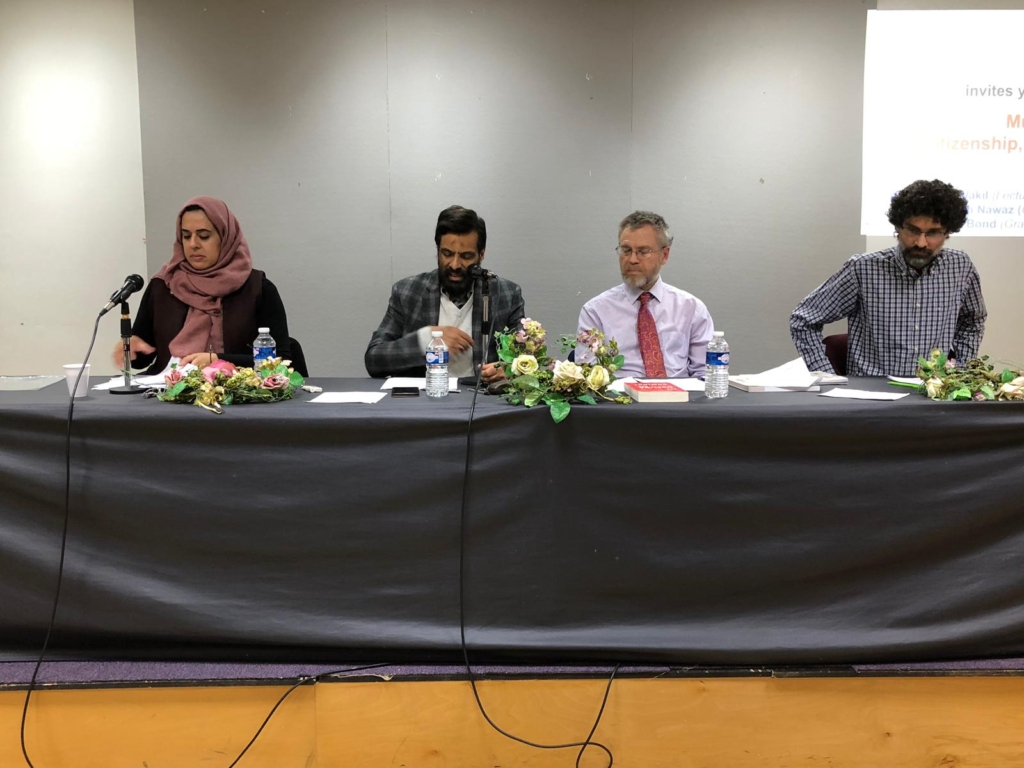Fahd Al-Rasheed, chief executive of Emaar Economic City, the developer, said current investment of $ 34.7 billion was set to expand, especially when investors and Saudis see the City begin to take shape on the ground in 2010.
“Absolutely it will increase — $ 35 billion has been the fruit of a few months of work. Certainly over the next six to 12 months we are expecting a lot more than that,” Al-Rasheed said in an interview.
“We are now in discussion with at least 10 internationally branded names … As you are developing it becomes easier because people are seeing it and the services are there. Those who were not sure how long it will take (would) start coming.”
The plans are that by 2010 up to 10,000 housing units will be completed, with around 500 of them inhabited, and 10 percent of the city — a mix of industrial zone, financial center, residential quarters and beachside resort — constructed.
The company, listed on the Saudi stock market, hopes to make profit in five years. “We expect that within the next five years, that’s what our business plan is … We are still at the development phase,” Al-Rasheed said.
When completed by 2020, the KAEC will have two million inhabitants and could overshadow the capital Riyadh and second city Jeddah as the Kingdom’s economic center.
Just north of Jeddah, the city offers a chance to model a community from scratch, avoiding the problems found elsewhere in the country of 25 million which has expanded rapidly since the first oil boom of the 1970s transformed its fortunes overnight.
“Saudi Arabia today doesn’t offer the kind of services that are required. There is a lack of infrastructure and basic urban aesthetic beauty is also missing,” Al-Rasheed said, noting that unlike Dubai the KAEC would mainly cater to Saudis.
“We have 60 percent of our population under 30 and these people need places to live. So we are going to create the educational opportunities for them to come, study and work.”
Al-Rasheed was formerly deputy head of the Saudi Arabian Investment Authority (SAGIA) which is overseeing the development of four “economic cities” that the government hopes will help diversify its oil-based economy and change the country’s closed, conservative image.
Designed mainly by urban planners from Singapore, the KAEC has placed economic development at the center of its strategy. “We looked at so many cities,” Al-Rasheed said. “There was Brasilia and Canberra but these were planned by governments and there was no economic plan. Ours was developed based on economics — what are the industries and services we can bring — and then do a masterplan based on that.”
The KAEC will be a secured, duty-free zone, though it will be connected to nearby cities of Jeddah, Makkah and Madinah by rail and public transport. “Transportation modes are a big part of how you design cities. In areas like Riyadh where you don’t have public transportation you get an urban sprawl,” Rasheed said.
Al-Rasheed said the city would have the advantage of building from scratch and taking into account all sectors of society. “You cannot build a city based on luxury resorts. Even at luxury resorts you have people that have to work who need housing … Our business plan includes building housing across the board from high-end all the way to labor housing,” he said.


